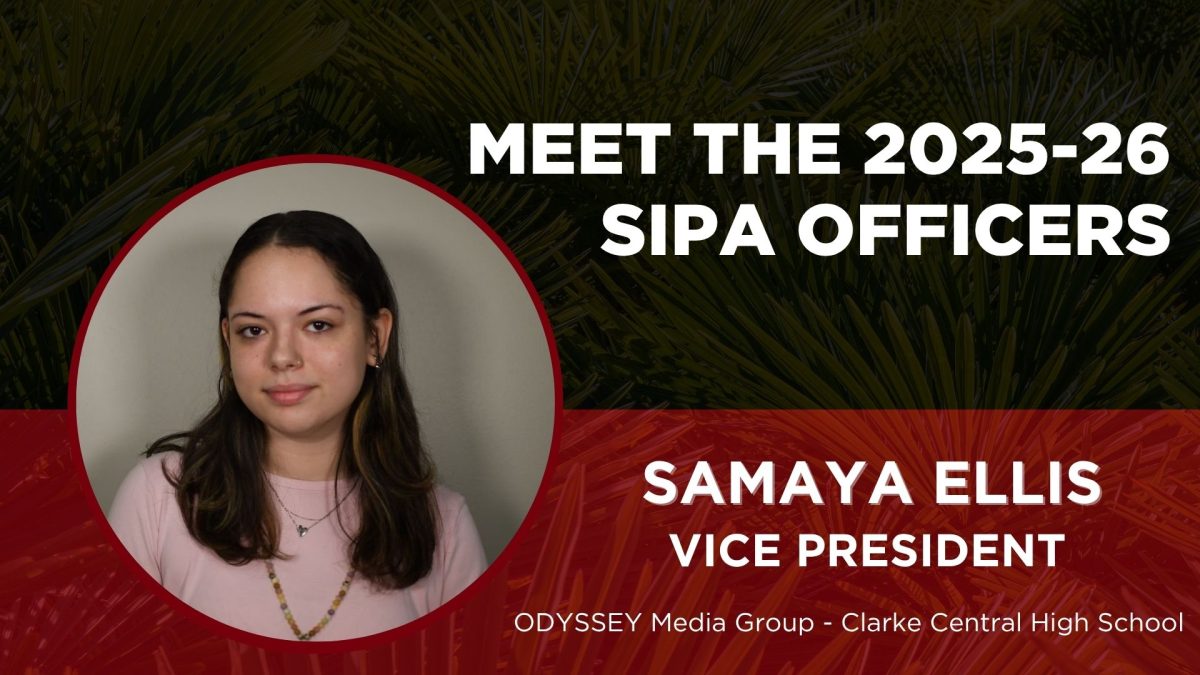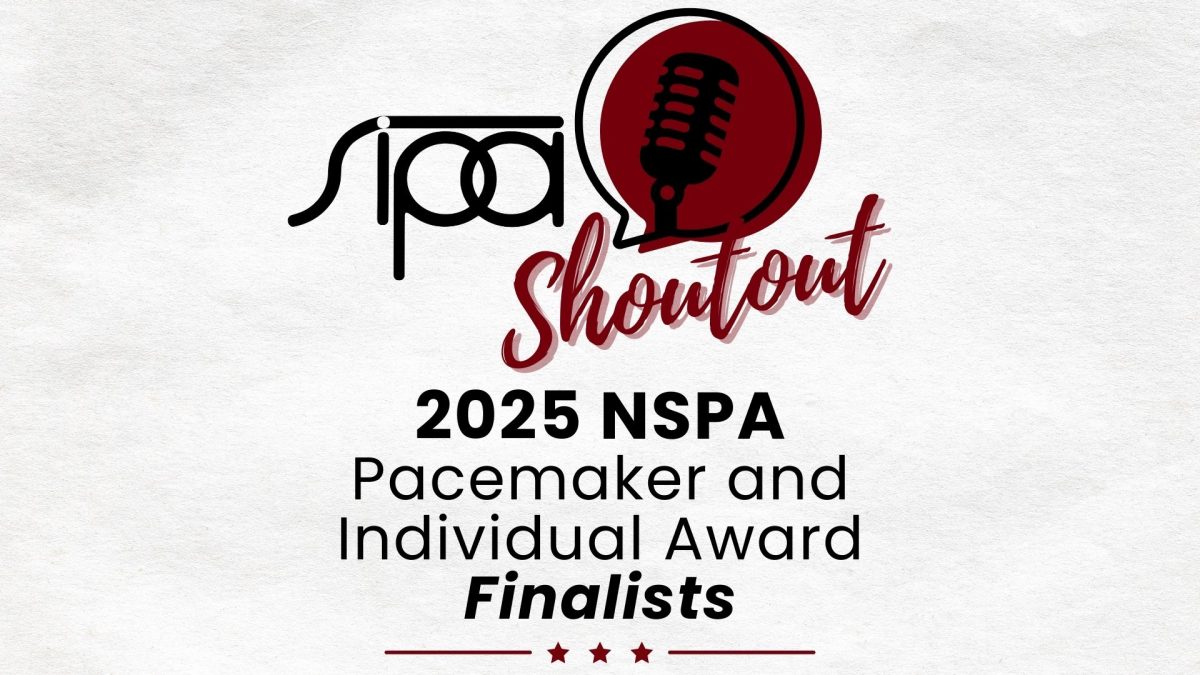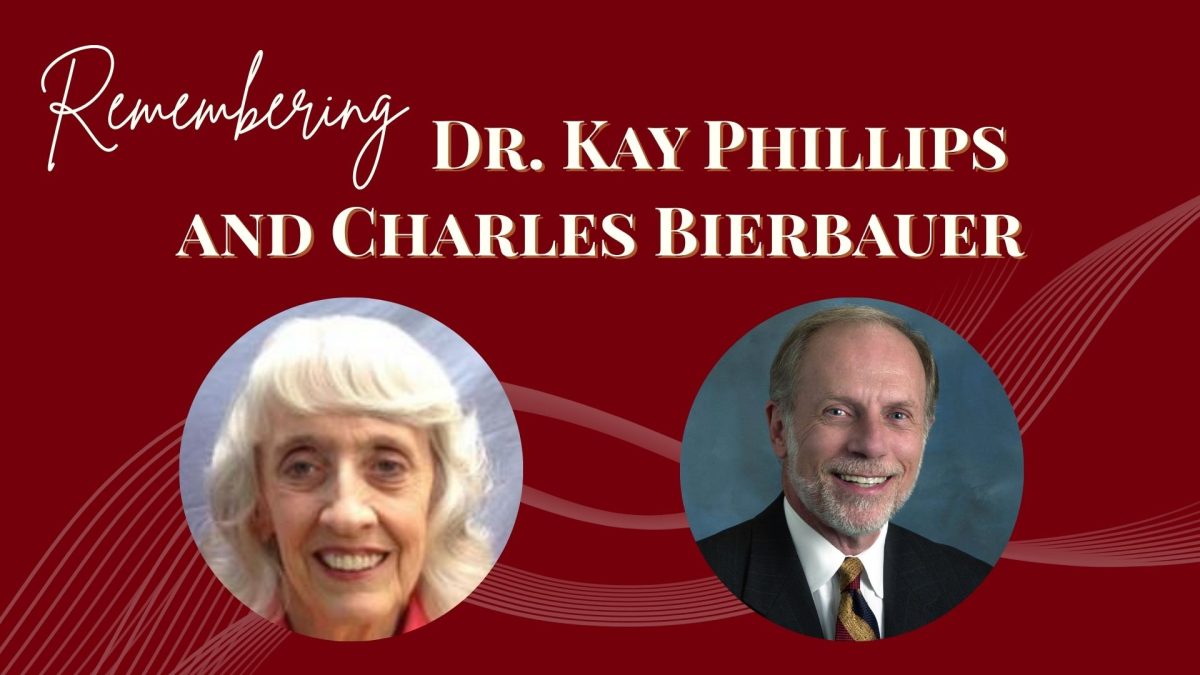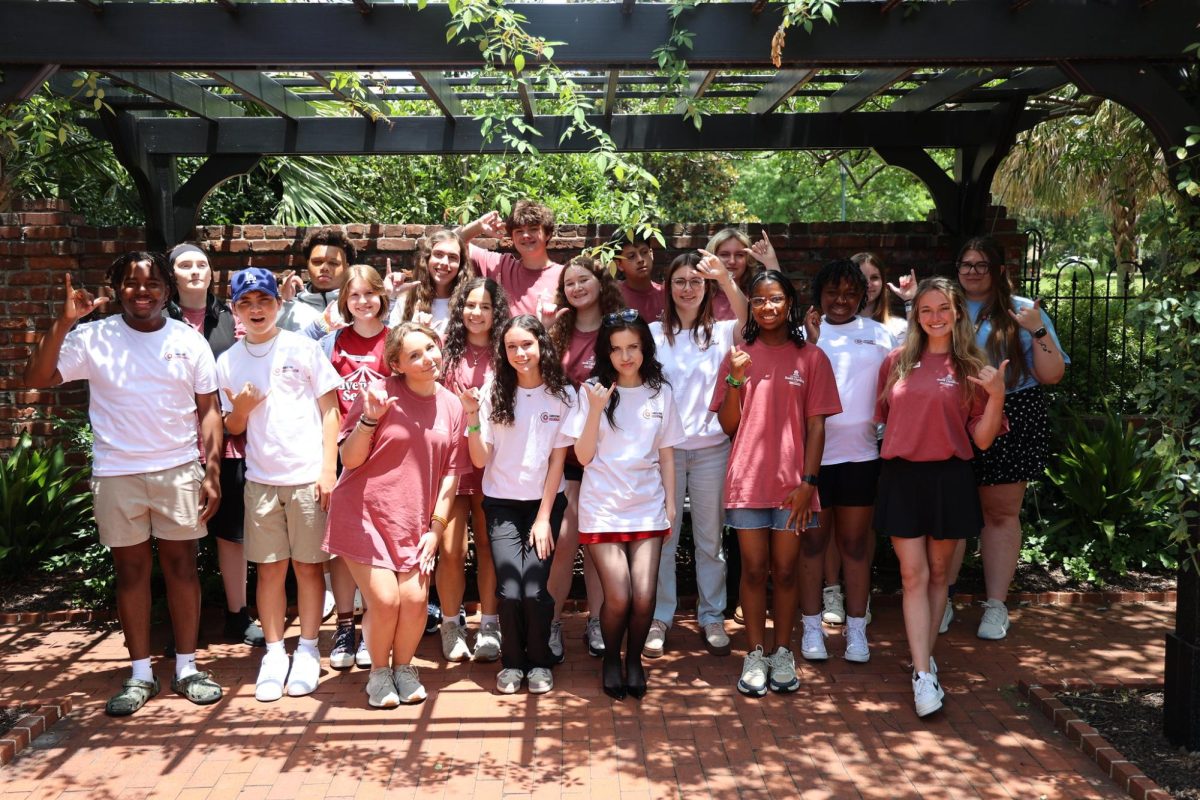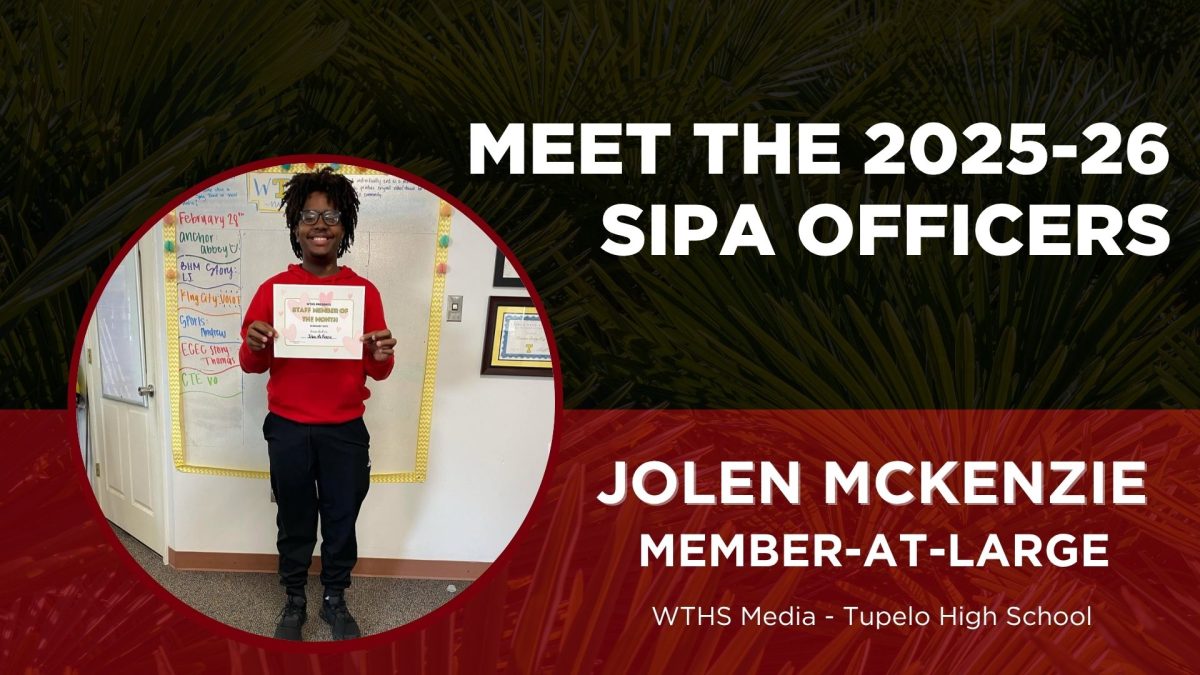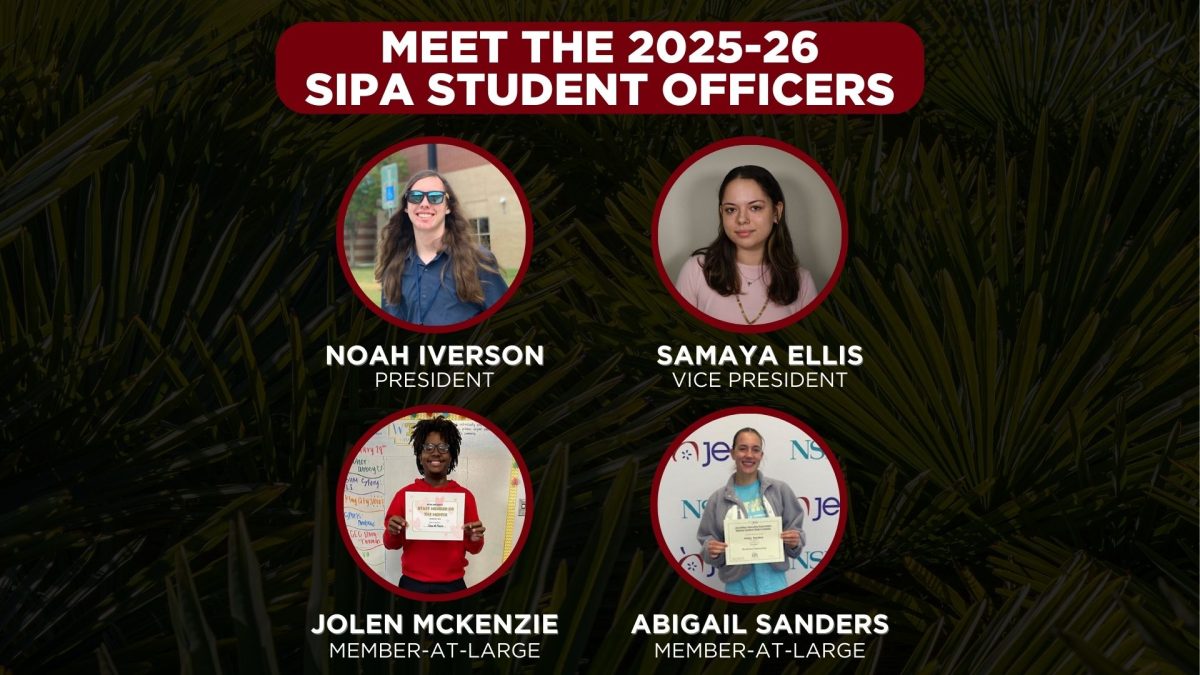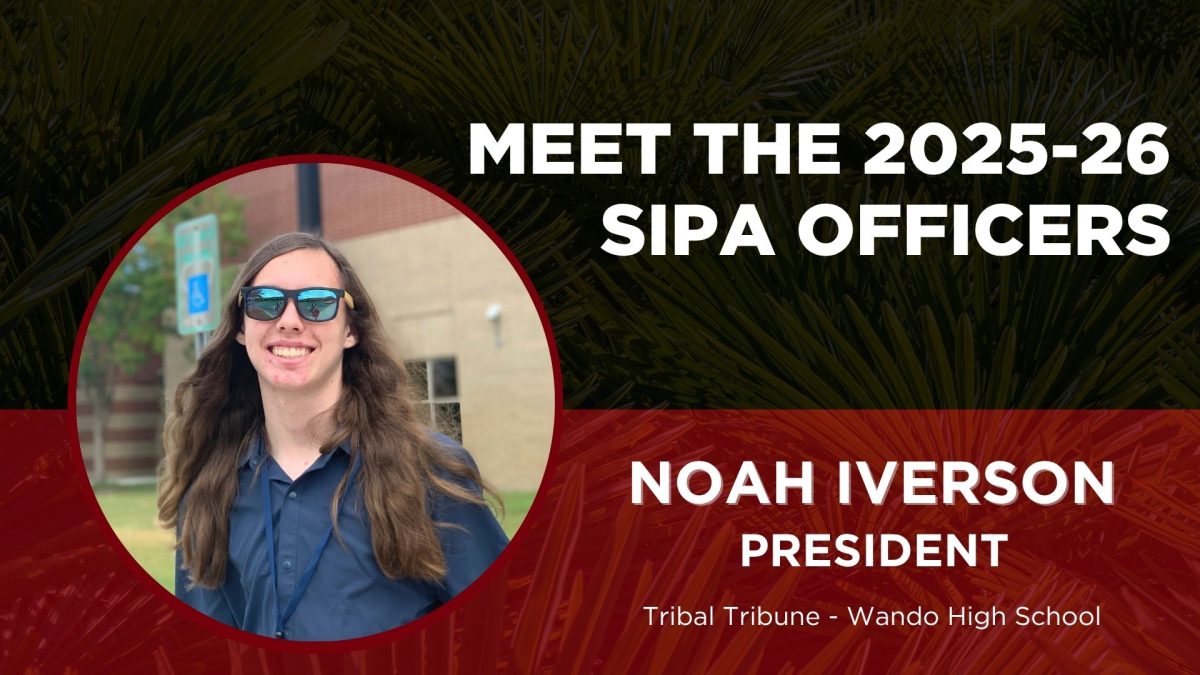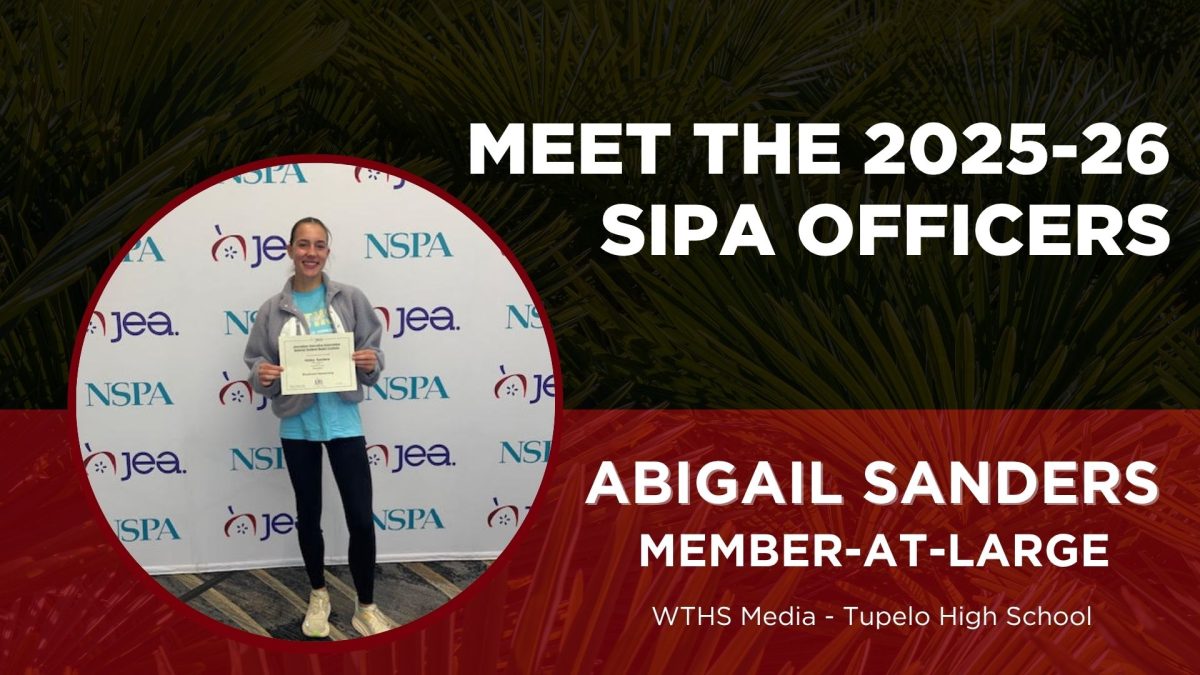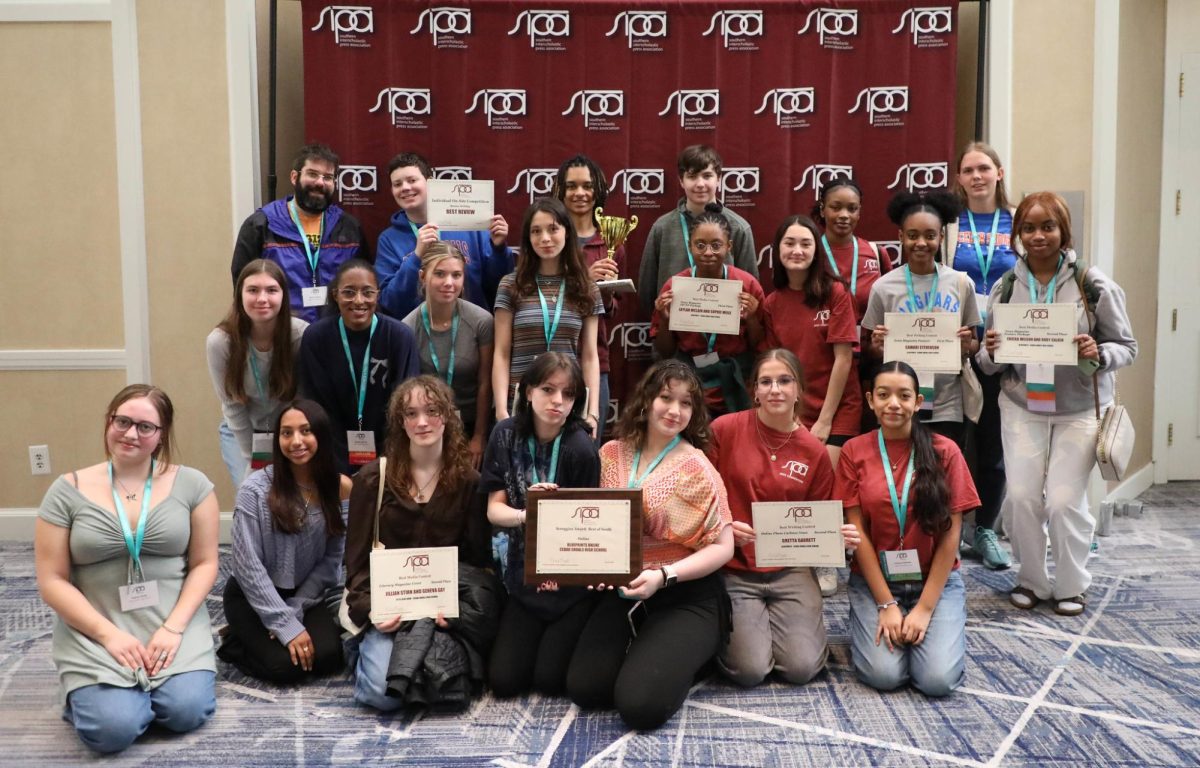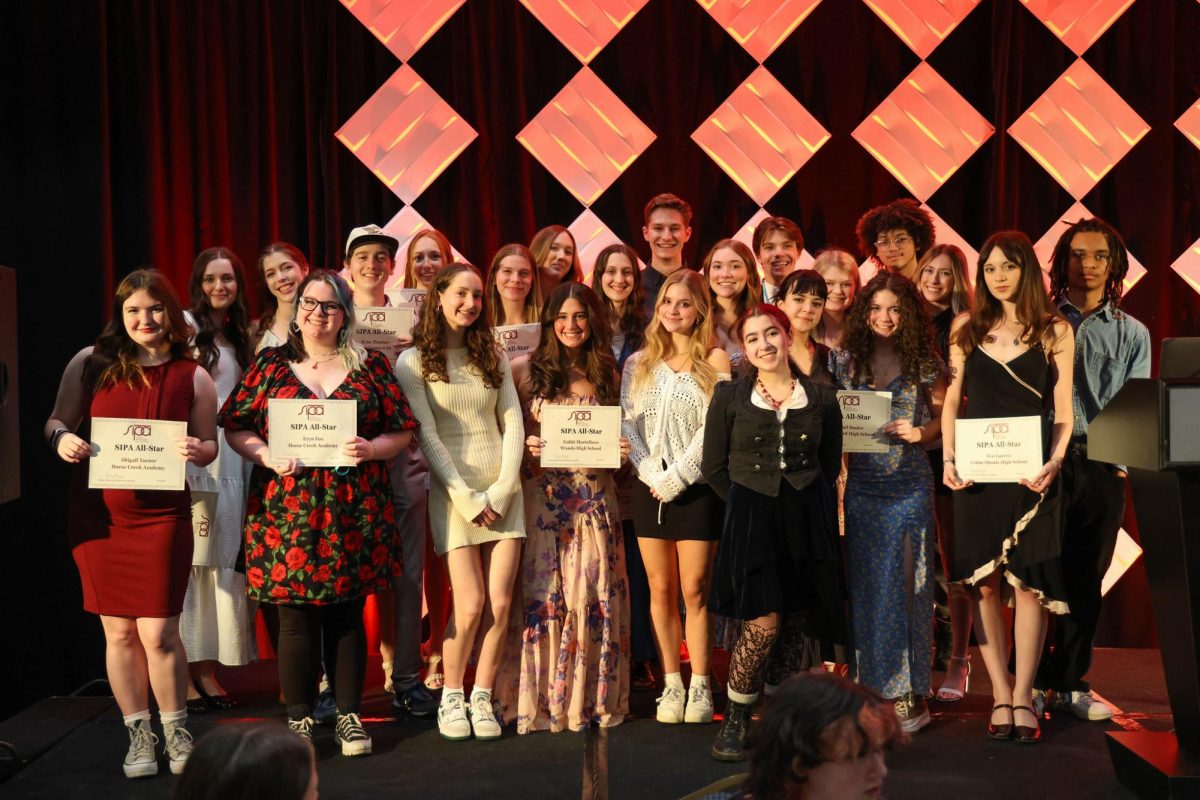Samaya Ellis brings passion and purpose to student journalism as SIPA’s Vice President and a Journalism I facilitator for the ODYSSEY Media Group at Clarke Central High School in Athens, Georgia. In her role, she mentors freshmen, teaches journalism fundamentals, and helps shape the next generation of student storytellers. Though she first joined the program for its strong sense of community and leadership, she quickly found her voice through editorial writing and storytelling. Outside of journalism, Ellis is a creative at heart—whether she’s sketching, making videos, playing music, or experimenting with photography. Through it all, she remains driven by connection, reflection, and the power of student voice.
What is your position on staff?
I am a Journalism I facilitator for the ODYSSEY Media Group at Clarke Central High School in Athens, Georgia. My role includes leading and mentoring freshmen Journalism students to ensure they are adequately prepared for the demands and routine of a high school journalism production class. Some of my duties include presenting and teaching journalism must-haves, e.g., news leads, news values, ethics, proper research, interviewing, transcribing, photography, profiles, editorials, podcasts/broadcasts, etc. I am also responsible for copy editing and providing feedback to them on each of their assignments, somewhat determining their grades for their pieces and ensuring that I’m always present to help/guide them in any way.
What are your passions outside of journalism?
I am very much a people person, so naturally I love being surrounded by people. I spend a lot of time hanging out with friends and family. I am very passionate about building and tending to connections I have with people. I also enjoy playing the guitar and piano, I don’t know much about it, and I don’t consider myself a guitarist or pianist, but I enjoy playing around with it with family, friends and even independently. I love to draw, paint, sculpt, collage and really create in any way I can.
What’s your favorite story you’ve worked on and why?
My sophomore year on the publication I worked as a Viewpoints staffer which works on the viewpoints section of the magazine. The viewpoints section covers and works on things like blogs, columns and op-eds. During my time as a Viewpoints staffer, I worked mainly on editorials. My favorite piece I’ve worked on so far has got to be my editorial on split holidays within my family. Working on this specific piece allowed me the opportunity to deeply reflect on my emotions and experiences during the holiday season in an orderly way, most typically the winter holidays. Throughout the process of drafting and revising the piece I got to work closely with the Viewpoints editor, my editor at the time, the illustrator and other members of the cabinet. Working with many others and allowing them to tweak and question my experiences to ensure my story is accurately depicted in a way that could relate to our audience, helped strengthen me as a journalistic writer holistically. It is a piece I am proud of.
What advice would you give to students looking to get involved in student journalism?
One piece of advice I would give to students looking to get involved in journalism is to talk to as many people as possible and push yourself to be outgoing, even if it doesn’t come naturally. Journalism is built on communication, and the more comfortable you become engaging with others, the better you will become at telling their stories. Even if you must fake extroversion at first, over time, those interactions will help you develop confidence, an essential quality for a journalist. Being a strong journalist isn’t just about writing well, it’s about building connections, asking the right questions and allowing yourself to see and understand a variety of perspectives through the people you’re covering. Journalism at its core is about reaching and serving the public. To do that you must first connect with them.
If you had to describe SIPA in three words, what would they be?
If I had to describe SIPA in three words, I would say it’s dynamic, enriching and collaborative. Through the convention, a diverse range of students, publications and educators come together to create an energetic environment, constantly exchanging ideas, perspectives and experiences. Through learning experiences such as TOP competitions, quiz bowl, and attending various sessions, students gain valuable insight and skills providing them with practical experience like networking and intellectual growth. Lastly, the convention fosters a sense of community by encouraging students to work together, share ideas, and ultimately learn from each other.



